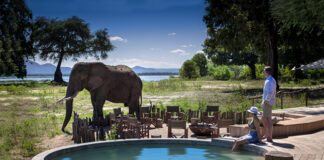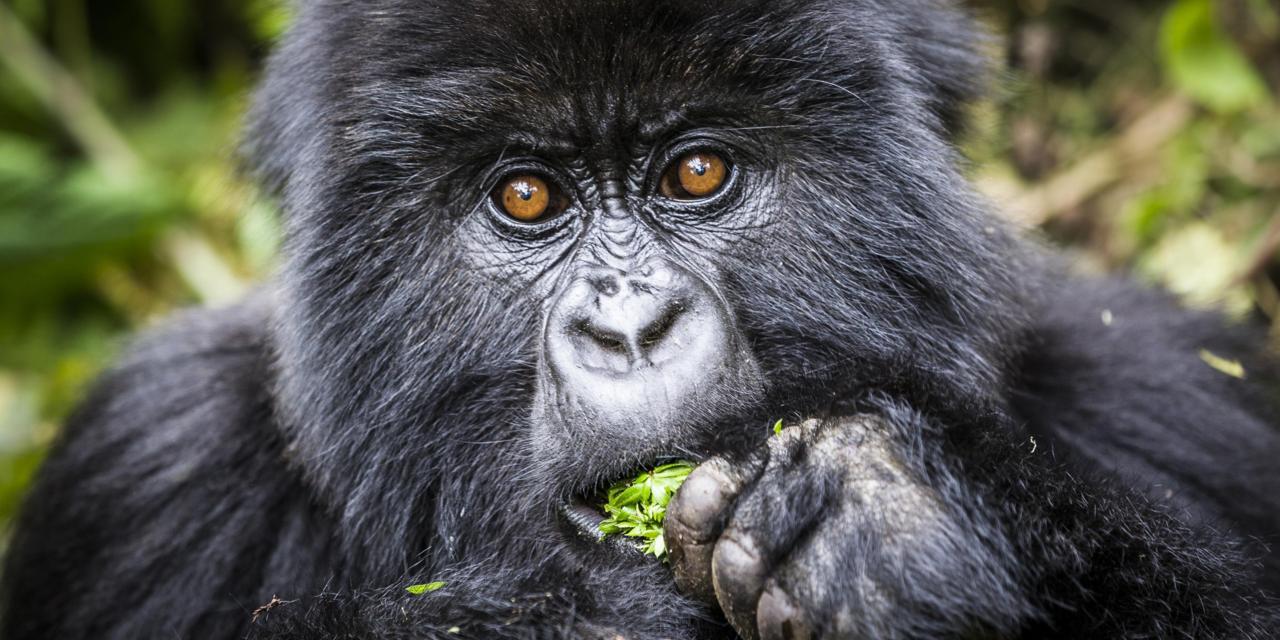Mozambique remains in the early stages of its development as a tourism destination and has excellent tourism assets.
The country’s natural beauty, wildlife and historic heritage provide excellent opportunities for beach, cultural and eco-tourism.
The Mozambique coast faces the Indian Ocean and because of its climate, warm waters and vast beach area is rich in many marine species, some of which are unfortunately in danger of extinction.
In the North the beaches are mainly rocky, where as in the Centre, situated near the river mouths, we find what can be described as dry riverbed beaches bordered by extensive mangroves.
The sandy beaches are to be found in the South, with high dunes covered with low rough vegetation.
Parallel to the coast, are isolated or groups of islands, some of which provide the tourist with good conditions in terms of lodging and the opportunity to observe the very varied vegetation and fascinating wildlife.
Historic monuments are also to be found on these islands, a testimony to the Arabs and Europeans who settled there.
The magnificent transparent waters are an irresistible invitation to go swimming, snorkelling and diving and admire the extraordinarily beautiful coral reef and the underwater marine life.
The best known beaches along the coast noted for their visitor orientated infra-structures are: Pemba, Ilha de Moçambique, Fernão Veloso, Chocas, Vilanculos, Tofo, Morrungulo, Inhassoro, Inhambane, Bazaruto, Zongoene, Xai-Xai, Bilene, Marracuene, Inhaca, Ponta de Ouro and Ponta de Malongane.
Mozambique has always made its mark at international level in the areas of architecture, art, literature and poetry.
Various athletes are also well known in quite a number of sporting activities, in particular the international athlete Lurdes Mutola. The creative local handicraft is of course very representative of the artistic spirit of the Mozambique people.
Worthy of special mention are the intricate and bizarre black ebony woodcarvings of the Macondes to be found in the north of the country.
Mozambique is very rich in both land and sea fauna and flora. The type of land and climate has created three different varieties of vegetation: dense forestland in the high parts of the North and Centre of the country, woodland and savannah in the South and mangroves along the coastline.
In terms of wild life, the main species to be found in these ecosystems are elephants, lions, leopards, cheetahs, hippopotamus, antelopes, tortoises and monkeys and varied species of bird life.
Apart from the wild life, there are beautiful landscapes and views to be admired both along the coast and in the higher mountainous areas.
To allow the visitor to once again appreciate these magnificent natural surroundings, which were seriously affected by the war, a number of parks are being recuperated such as, Gorongosa National Park which was one of the best in Africa, is a treasure of Mozambique which provides environmental, educational, esthetic, recreational and economic benefits to the Central region of the Country and all humanity.
Situated in the Sofala Province in an area of 3.770Km2, at the southern end of East Africa Great Rift Valley, the park’s sweeping landscapes and unique wildlife makes this a perfect destination whether you are seeking adventure or relaxation.
Other special reserves, in particular the one in Maputo, famous for its elephants, Marromeu at the mouth of the Zambezi, the home of many buffalo and also partial reserves such as Gilé, northwest of Quelimane and Niassa, on the banks of the river Rovuma.
The natural reserve of Bazaruto offshore is well known for its exotic birds, coral reefs and protected marine species such as, dolphins, marine turtles and also the dugong.








